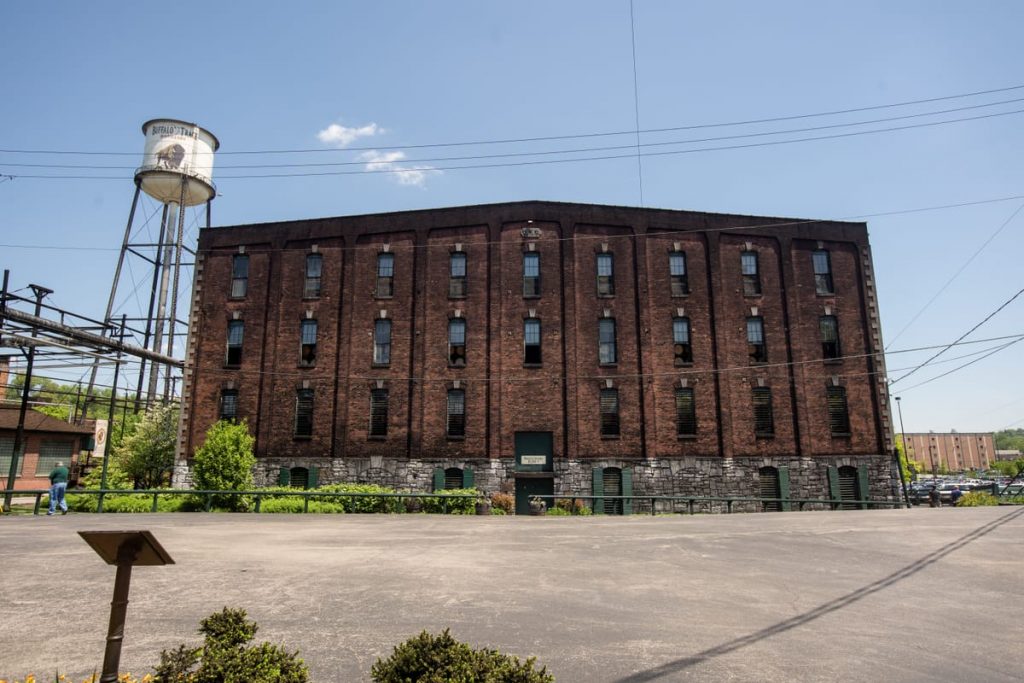
Buffalo Trace Distillery
Ghostly whispers around the whiskey barrels are just part of the culture at Buffalo Trace Distillery
Buffalo Trace Distillery’s Infamous Paranormal Claims
- Disembodied voices are frequently encountered
- A ghost in Warehouse C supposedly warned workers of a coming disaster
- The gray apparition of a former owner is often spotted around the property
- Voices and singing are often heard in the old owner's house
- Some also report the presences of ghostly little girls in the home and around the property
- Phantom lights are spotted in the gift shop
- Footsteps are often heard coming from above the gift shop
Buffalo Trace Distillery’s History
The first permanent record of distilling work happening on the property where Buffalo Trace Distillery now stands came in the 1790s, when Kentucky was still in the process of becoming a state. By 1812, it had become large enough to warrant the construction of a full-fledged commercial distillery, built by local businessman Harrison Blanton. By 1858, the distillery had grown – consolidating other warehouses on the property to an industrial scale. In 1870, the distillery was purchased by Col. Edmund Haynes Taylor Jr., a distant relative of former president Zachary Taylor.
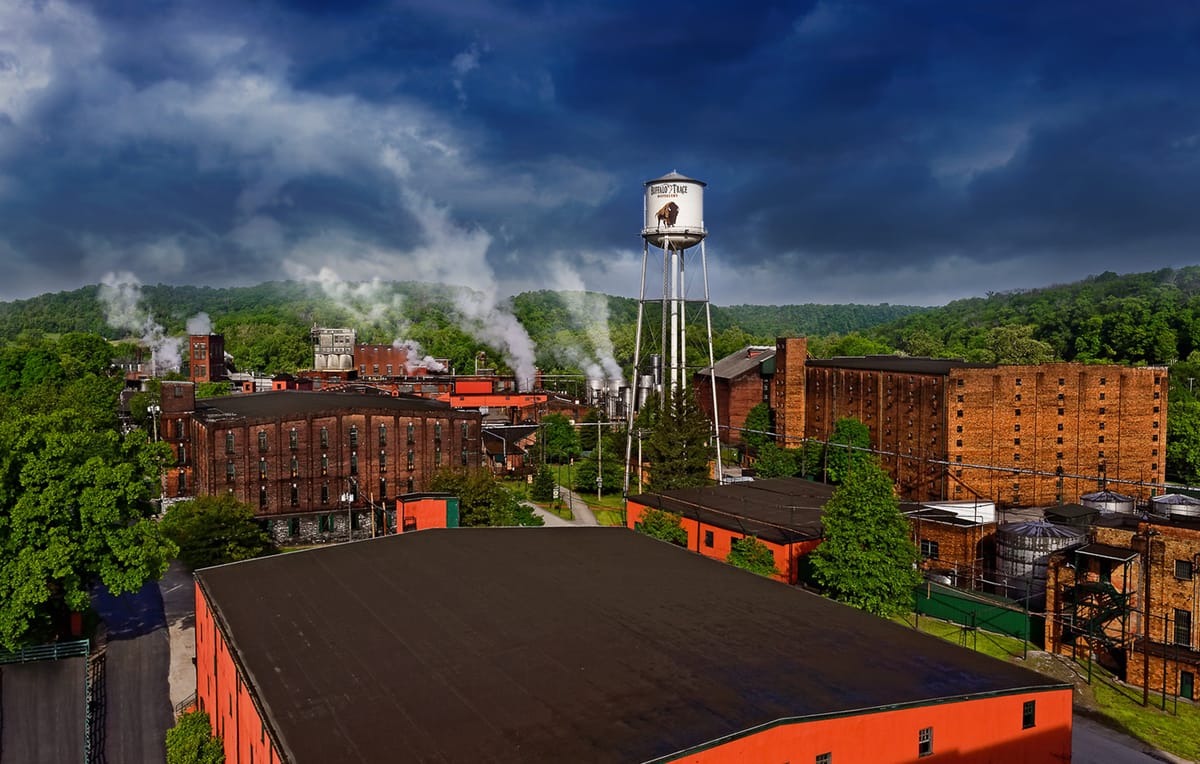
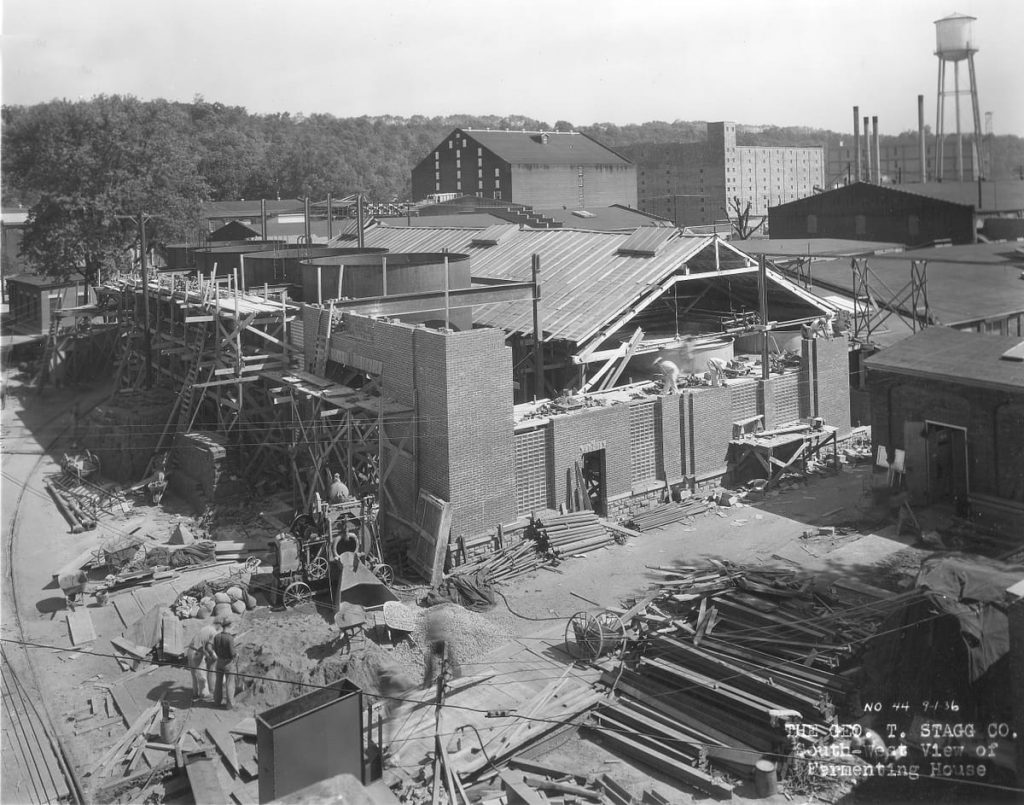
Buffalo Trace Distillery Changes hands
Under the leadership of E.H. Taylor, the distillery was rebranded as the O.F.C. Distillery because of his belief that the best alcohol came from old fashioned copper stills. Taylor invested his $70,000 fortune into expanding the business throughout the 1870s, but ended up over-extending his finances. He was forced to declare bankruptcy in 1877, and soon sold the distillery to George T. Stagg to help manage his debts. Stagg opened a second distillery a few years later on the property, the Carlisle Distillery.
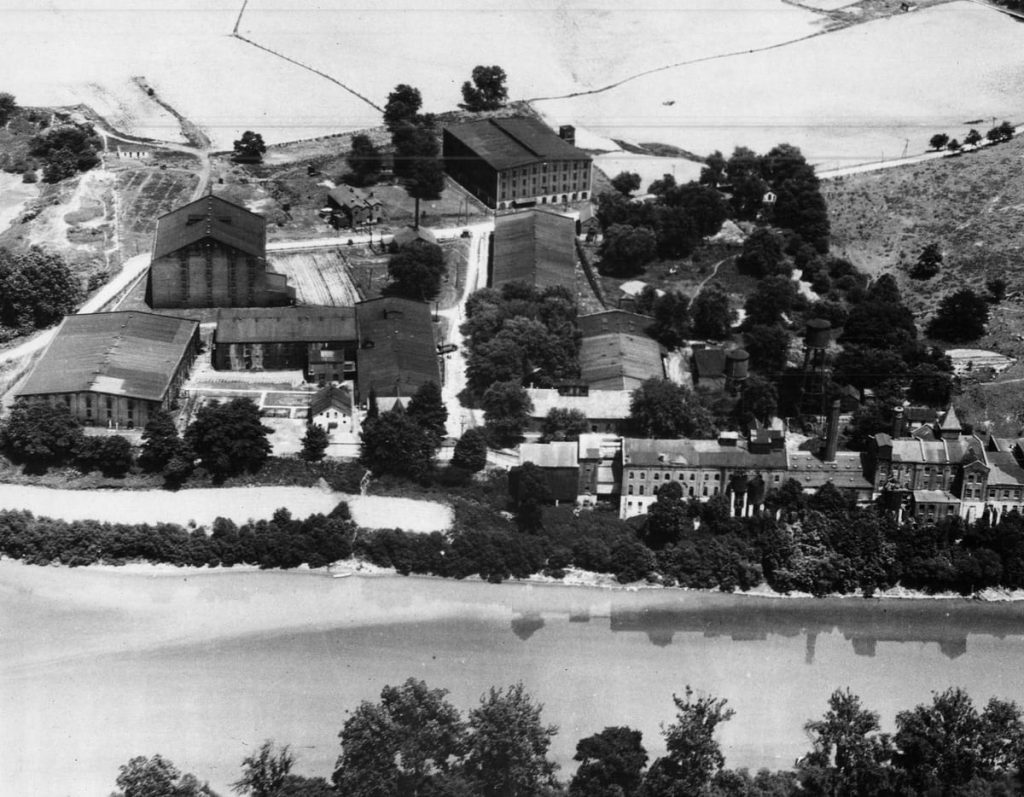
Over the next few decades, new warehouses were built while older buildings burned down, allowing the operation to both expand and modernize their processes. In this time, the Carlisle Distillery became known for mass-production of cheap whiskey and bourbon, while the O.F.C. operation continued its slower, finely crafted brew process. In 1904, O.F.C. was renamed the George T. Stagg Distillery in honor of its previous owner and developer.

Prohibition Comes to Kentucky
Good times were not destined to last, though, as the shadow of Prohibition soon cast itself over the region. When Prohibition was ratified, many regional distilleries opted to close up shop and sell their assets in the short time before their business became illegal. However, Albert Blanton, an employee of the George T. Stagg Distillery since 1897, wanted to see the business through this rough time, and was able to secure a permit to keep the distillery open under the guise of warehousing and distributing medicinal whiskey and alcohol.
Not only did this keep the business open, but it allowed Blanton to take the reins as company president shortly after, keeping the business profitable throughout the 1920s. In 1929, the government allowed a second round of vouchers, allowing for production to replenish depleted stores of medicinal alcohol. Blanton once again got his hands on one of the few permits available, and began producing alcohol again in 1930.
By the time Prohibition ended in 1933, the Stagg Distillery was one of the few ready for production of alcohol again. By 1935, the full operation of the distillery was renewed, adding an on-site power plant, mashing buildings, fermenting warehouses, and even more distilling buildings. Not long after the ban on alcohol was repealed, Blanton had grown the operation in Frankfort to a much larger scale than it ever was, becoming the first distillery in the state to produce 2 million barrels of alcohol post-Prohibition by 1953.
Buffalo Trace Distillery gains its famous name
Success continued for the business over the next few decades, but soon the outlook began to sour once more. An over-supply of aged bourbon both at the Stagg Distillery and across the nation did a number on the distillery’s finances as barrels became less valuable.
This, along with disorganized ownership and management, took a toll on the historic operation. In the late 1990s, the distillery was sold to the Sazerac Company and underwent a multi-year renovation process. It reopened in 1999, now known as the Buffalo Trace Distillery.

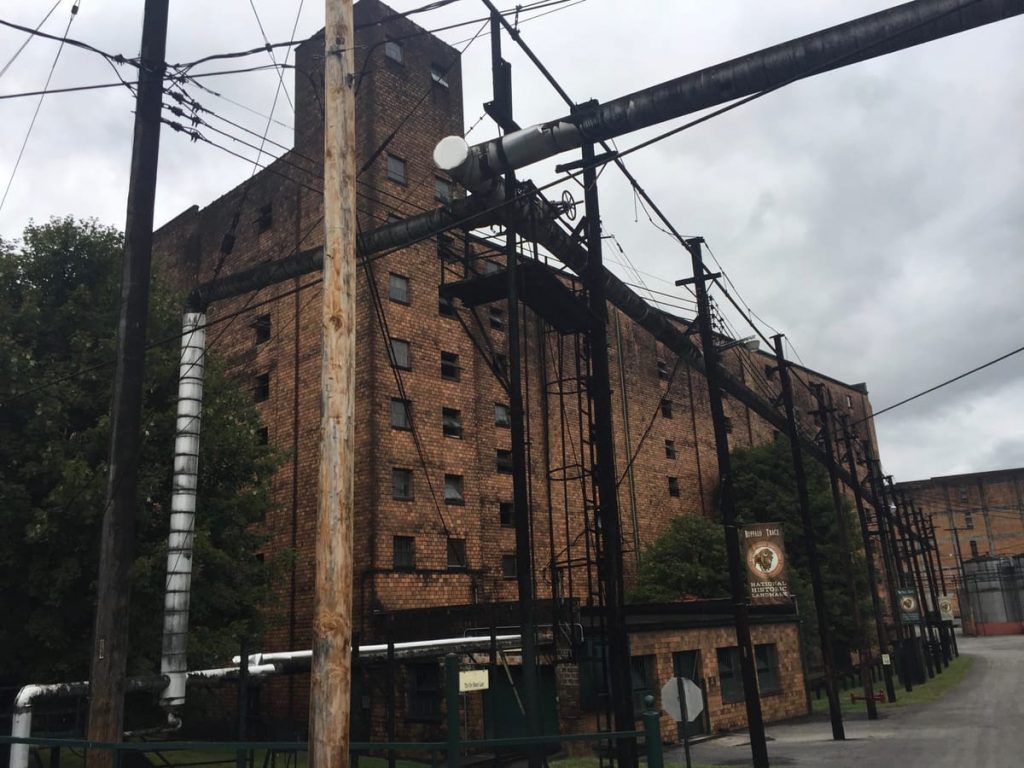
One of the oldest paranormal legends at the distillery comes from the early 20th century when workers were doing some updates on the Warehouse C building. The foreman, who had dozed off momentarily while his worker labored, was awoken by a voice telling him to get his workers out. He couldn’t find anyone around, so fell back asleep. A short time later, the same voice let out a booming yell at him to get everyone out while he still could.

Too frightened to sleep, the foreman did as this mysterious voice told him and evacuated his workers from the area. A few minutes later, the wall his men had been working on collapsed. If he hadn’t heeded the spirit’s warning, it is quite possible a few more ghosts would be lurking the grounds. Warehouse C remains a popular paranormal hotspot today.

Ghosts now available in the Buffalo Trace
Gift Shop
At the current gift shop building, phantom lights are often seen from the outside, and security guards often check in on the building only to find no lights on anywhere. Along with that, visitors often hear loud footsteps from above the gift shop, despite there being no one up there. Interested paranormal enthusiasts who have gone up to the second floor of this building often report feeling uneasy and capturing anomalous photographs while up there.





